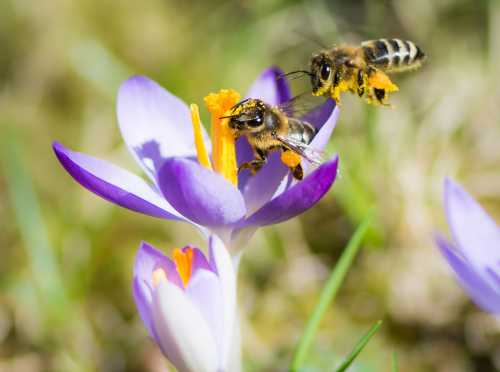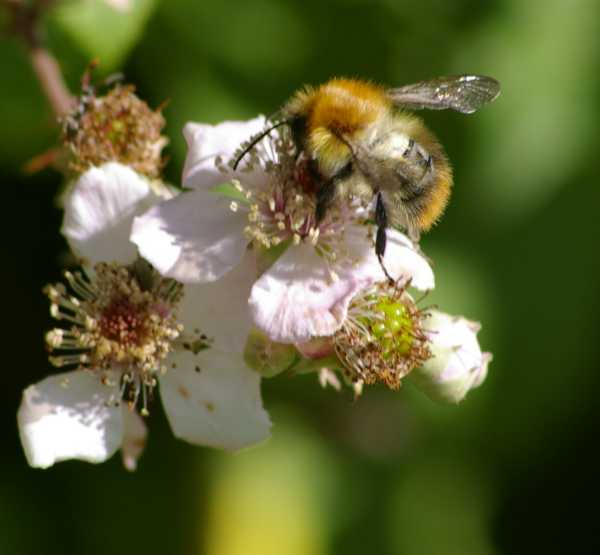Do Bees Recognize and Remember Human Faces?
Honey bees not
only provide humans with honey and pollination services, they can be trained to
sniff out bombs and illness in humans.
Honey bees are clearly very intelligent little creatures – but can bees recognize and remember human faces?
The short answer is:
A number of scientific experiments have demonstrated that bees can be trained to perform this task.
Honey Bees And Human Face Recognition

Below are summaries of three well-known studies investigating human face recognition in honey bees:
Honey Bees Can Be Trained To Recognize And Remember Human Faces
In 2006, a scientific study by Dyer et al1 was carried out using honey bees to see if they could develop the ability to recognize human faces, despite the fact that they have no evolutionary reason to do so.
In the study, a form of conditioning was used to train individual honey bees to use specific face stimuli, but to ignore distractor stimuli in order to visit feeding stations.
Result
The bees had a success rate of
over 80%. There was a drop in accuracy when the target stimuli were rotated by
180o – but this is known to be the case with humans too.
The authors suggested that the bees were able to adapt their mechanism for facial recognition in the same way that humans change their facial recognition mechanism between the ages of six and ten.
The authors also suggested that this demonstrates it is possible for animal visual and neural systems to learn to reliably recognize a human face, even though they may have no evolutionary history for developing the ability.
Distinguishing between faces
In 2010, in a study2 using a series of increasingly complex tests, scientists showed that bees could distinguish between simple face-like images, and they demonstrated that the bees continued to distinguish between them even after the sugar reward was removed.
This experiment was extended further, by showing the bees sets of pictures they hadn’t previously seen. The bees were still able to select the face-like images. When the facial features were altered, the bees were no longer able to recognize them.

Holistic face recognition
More recently, scientists have demonstrated that bees and wasps (the honey bee Apis mellifera and the common wasp Vespula vulgaris) use the same process as humans (a process known as ‘holistic face recognition’) to recognize faces of other bees, wasps, and humans too3.
The study was published in the journal Frontiers in Psychology.
The ‘holistic face recognition’ process involves the observer ‘gluing together’ the individual facial features to provide recognition. It’s a bit like the ‘Gestalt’ concept, in that the whole is recognized from all its component parts, rather than merely recognizing each component part separately, or the whole independently of its component parts.
It has been shown in humans that it is harder to recognize a face when the face’s component parts are seen in isolation, or when correct individual components are seen in an incorrect context.
Is this holistic recognition process the same for honey bees?
Using the above principles, researchers showed that both bees and wasps can recognize black-and-white pictures of human faces. Further tests showed that they are able to learn reliable facial recognition by creating holistic representations of the facial images – in other words, it was shown that bees and wasps can put together facial features to recognize a specific human face.
References
- Dyer, Adrian & Neumeyer, Christa
& Chittka, Lars. (2006). Honeybee (Apis mellifera) vision can discriminate
between and recognise images of human faces. The Journal of experimental
biology. 208. 4709-14. 10.1242/jeb.01929.
- Avargues-Weber, A., Portelli, G., Bénard, J., Dyer, A. and Giurfa, M. Configural processing enables discrimination and categorization of face-like stimuli in honeybees. Journal of Experimental Biology, 2010; 213: 593-601
- Aurore Avarguès-Weber et al. Does Holistic Processing Require a Large Brain? Insights from Honeybees and Wasps in Fine Visual Recognition Tasks. Front. Psychol, published online July 31, 2018; doi: 10.3389/fpsyg.2018.01313.


